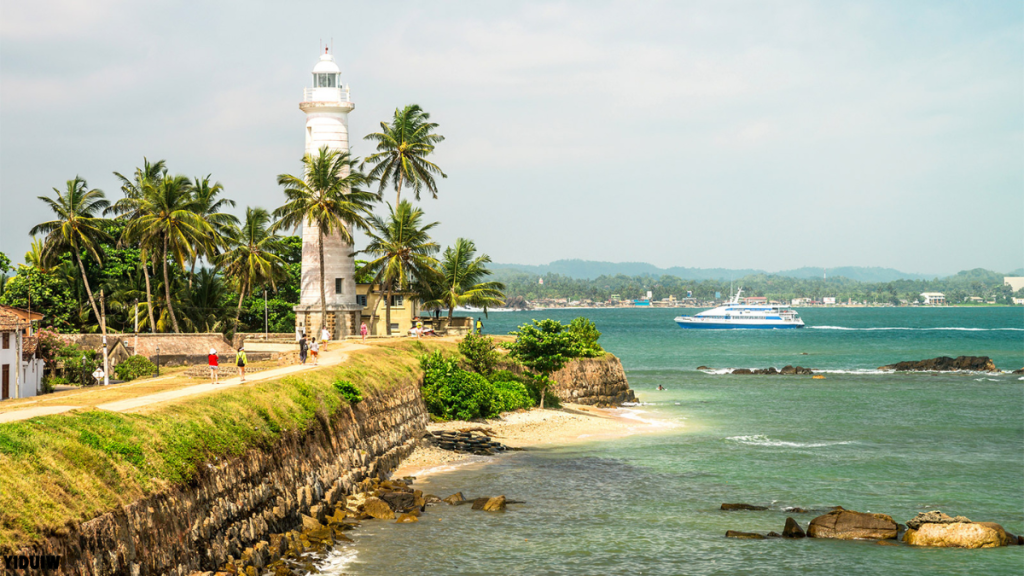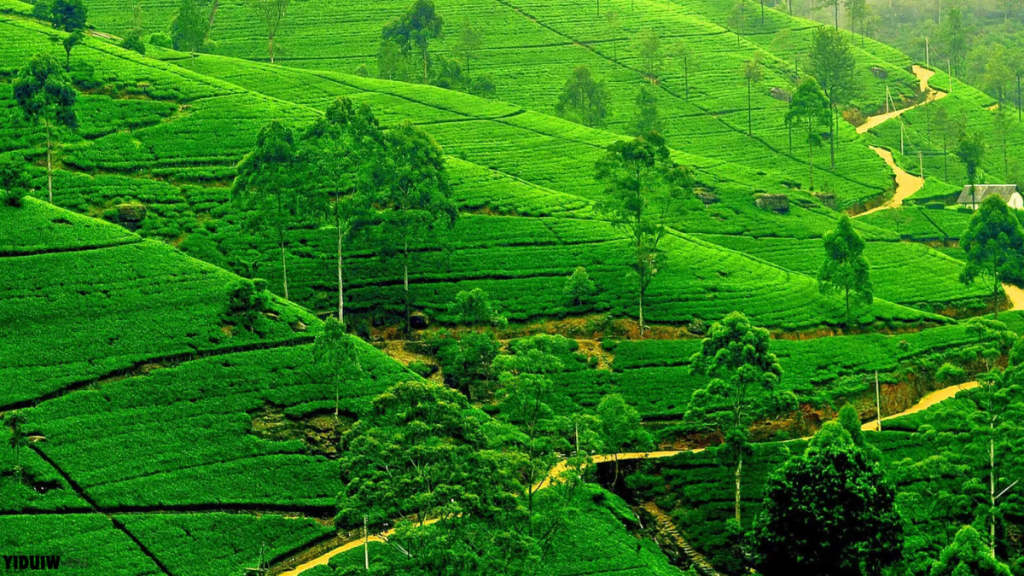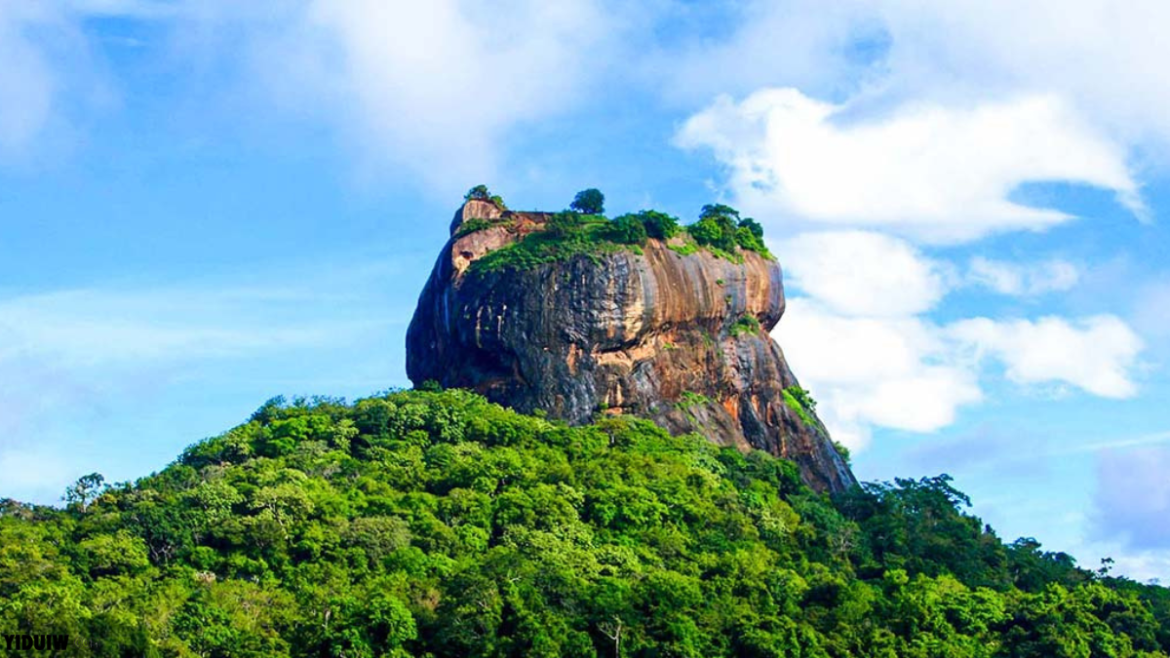Table of Contents
Every settlement in Sri Lanka tells a different tale, fusing Buddhist customs, colonial past, and stunning natural scenery. The country is full of contrasts.
For tourists seeking authenticity and a change of scenery, this teardrop-shaped island south of India is a true paradise. Although Sri Lanka’s ancient landmarks and immaculate beaches draw large numbers of tourists, the real spirit of the nation may be discovered in its charming villages. These are a few of the most stunning communities in the nation, where stunning landscapes coexist with age old customs.
7 communities to see while traveling to Sri Lanka
Ella
Ella is a quaint town with a serene ambiance and breathtaking vistas, tucked away in the verdant mountains of central Sri Lanka. The community is the perfect place to start an amazing journey because it is surrounded by rolling hills and luscious tea farms. Little Adam’s Peak, which offers stunning views of the valley, is reached via a well-traveled trail. Not to be missed is the Nine Arch Bridge, a marvel of British colonial engineering that appears to emerge out of a lush sea.
Galle

Although Galle Fort, its historic core, feels more like a quaint village than a bustling metropolis, Galle is a town and not a hamlet. The fort, a UNESCO World Heritage Site, evokes the Dutch colonial era with its cobbled streets, white houses with bougainvillea, and shops selling local handicrafts. Galle has a unique atmosphere where modernism and history mix, giving the impression that you are going back in time when you take a walk around the streets.
Mirissa
For those looking for peace and quiet, Mirissa, a little fishing village on Sri Lanka’s south coast, is a sanctuary. The community is well-known for its crescent-shaped beach, which is surrounded by palm trees and has turquoise seas that are ideal for surfing and swimming. Mirissa is also the perfect place to start a sea adventure to see dolphins and blue whales, which is a once-in-a-lifetime event that attracts marine wildlife aficionados from all over the world.
Kandy
Kandy, Sri Lanka’s last royal capital, is another gem you shouldn’t pass over. This historic hamlet, surrounded by lush hills, is home to the Temple of the Tooth, one of Buddhism’s holiest holy sites. This rare item attracts pilgrims and tourists from around the globe. Another reason Kandy is well-known is the Royal Botanical Gardens at Peradeniya, where exotic and uncommon plant species thrive in tranquil circumstances.
Eliya Nuwara

Nuwara Eliya, a settlement at 1,868 meters above sea level in the central Sri Lankan mountains, is known as “Little England.” This quaint community is well-known for its British colonial architecture, flower gardens, and tea plantations. English houses, old golf clubs, and tea fields that spread for miles can be seen as you stroll through Nuwara Eliya’s streets. Tea enthusiasts will especially value a tour of one of the numerous nearby plantations, where they may learn the trade secrets of Ceylon tea cultivation.
Sigiriya
The nearby village has a lot of charm and genuineness to offer, but Sigiriya, often called the Lion Rock, is an important archaeological site in Sri Lanka. The striking Sigiriya Fortress, an old royal capital atop a massive rock, is not far from the village. Travelers can explore the rural areas of Sigiriya, where serene lakes and emerald rice terraces combine to create an incredibly beautiful landscape, in addition to seeing this historic treasure. Sigiriya is a special area to explore because of the welcoming residents and their customs.
The Ritigala
The settlement of Ritigala, which is located in the center of the Ritigala wildlife reserve, is not as well-known to tourists. The village is encircled by thick forest and sits adjacent to the remains of a former Buddhist monastery. Away from the typical tourist routes, Ritigala provides a more secluded, spiritual experience. The routes that lead to the nearby peaks and ruins are popular among hikers because they provide a complete immersion in Sri Lanka’s pristine scenery. The residents of Ritigala contribute to the genuine and tranquil atmosphere of the hamlet by maintaining their traditional ways of life and living in balance with the environment.
